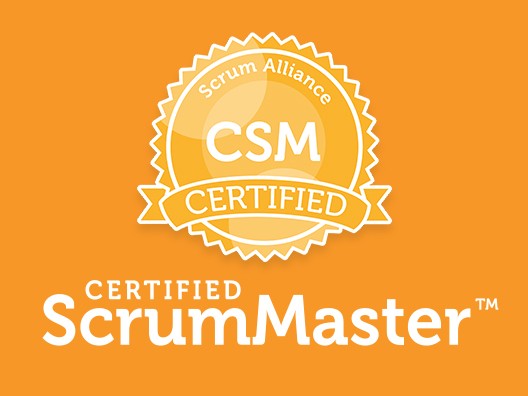Congratulations, you have completed your Certified ScrumMaster® (CSM®) training. Now comes the next chapter. You wanted to get a CSM® certification for better job chances and better career opportunities. However, like everybody else, you will have to go through that daunting interview process. With an added ability of a Certified ScrumMaster® on your CV, the questions might be a little bit different. We will help you prepare so that you can get the job of your dreams. These are some of the most common questions for a Certified ScrumMaster®.
1. How do you define the term Scrum sprint, and what is the duration?
There is a repeatable cycle in which the teams have to complete the work and make it available for review. This is called the Scrum sprint and is a very crucial part of the work.
The duration is variable, depending on the size and requirements of the project. It also depends on the teams working on it. Usually, the duration is around 30 days.
Remember, your CSM® Certification course and what you learned from it.
2. What are the three main artifacts of Scrum?
The three main artifacts of Scrum are:-
Product Backlog
Sprint Backlog
Product Increment
What is Sprint, and what is your role in it?
Sprint is the fixed duration of time with four mandatory events- Daily Scrum, Sprint Planning, Sprint Review and Retrospective. It can last for a month or less, within which the teams find one releasable software or solution. As a scrum master, you check the daily progress with some tools. Your job is to make sure the goals are completed within the Sprint, and the quality of the goals remains in the best condition.
Can you name the five phases of Risk Management?
The Five phases of risk management are as given below:
- Identification of Risk
- Categorization of Risk
- Response to the Risk
- Review of the Risk
- Risk Closure
What is a Daily Scrum, and why is it necessary?
A daily scrum is carried out at the same place and every day for 15 minutes. All the teams, including the Product Owner and Scrum Master, sync up on their progress, how much work is left to complete the goal and the day’s agenda. This is necessary to make sure the plan for achieving the goal is working, and if not, changes can be implemented on time. The daily morning meeting ensures that no more meetings are necessary throughout the day that might interrupt the teams’ work and make everyone aware of the work they have left to do.
What are the techniques that are used for estimation in a Scrum project?
Estimation in a Scrum project is usually done by using these relative estimation procedures of Agile:
- The T-shirt technique
- The Planning Poker Technique
- The Disaggregation Technique
- The Estimation by Analogy Technique
Keep in mind that you have learnt everything you need to know during your CSM® Certification. You have passed the exam; this is quite similar; remember the course lectures and Scrum Guide, and you will be all set.
also Read: Become a top-rated Certified Scrum Master today!

